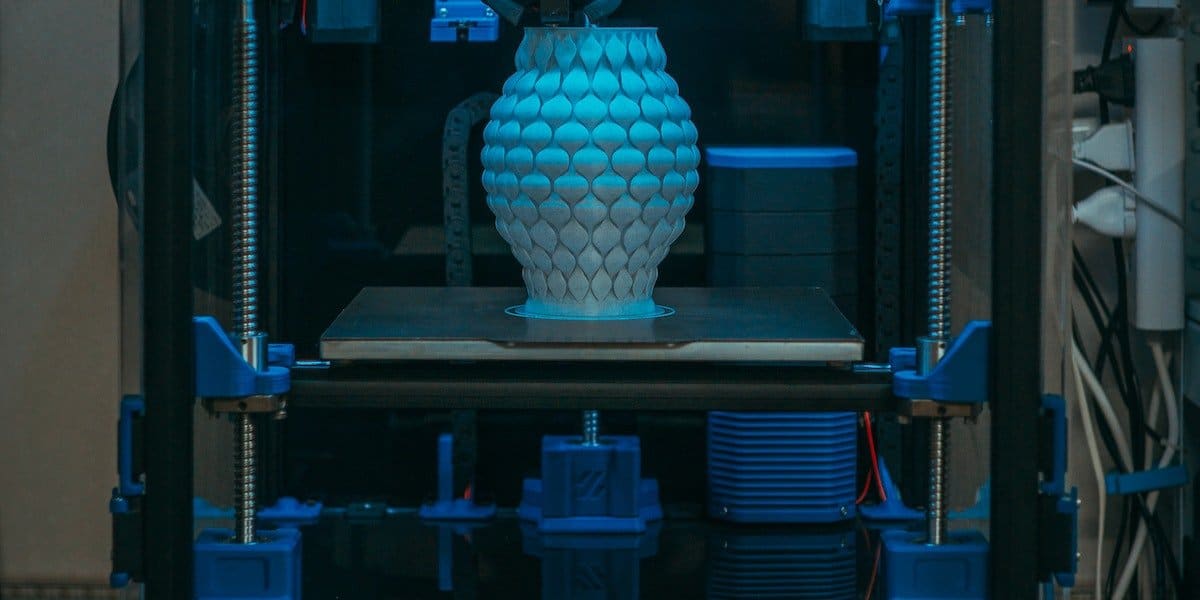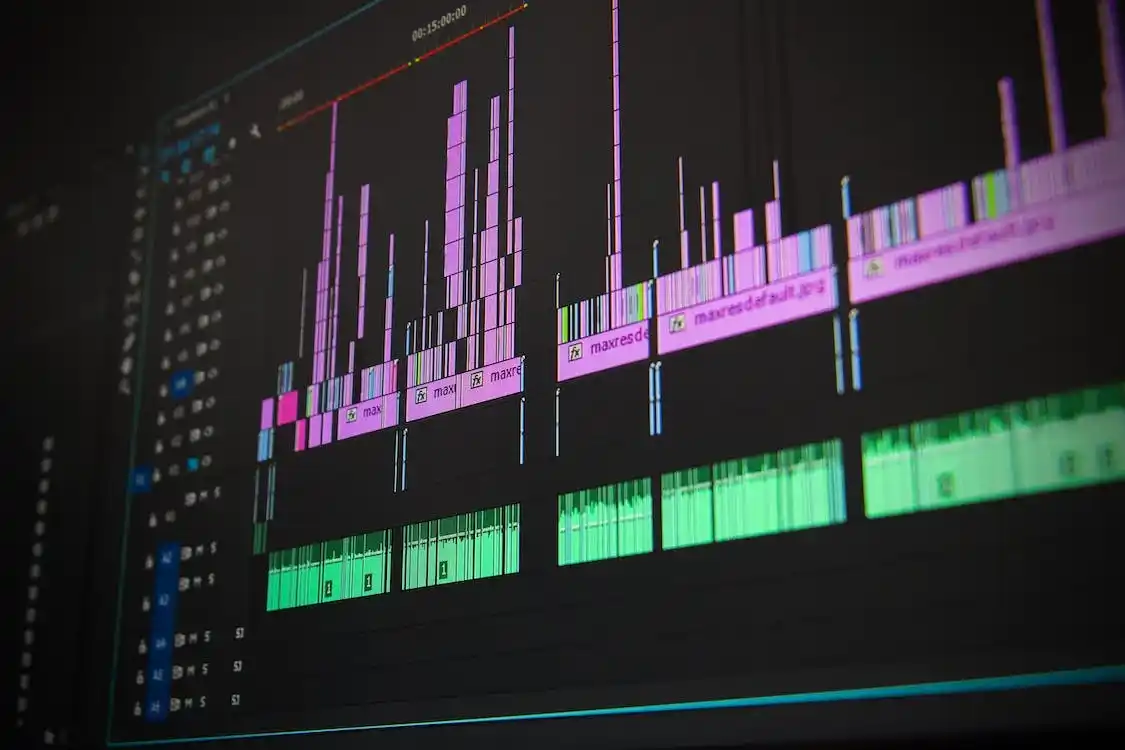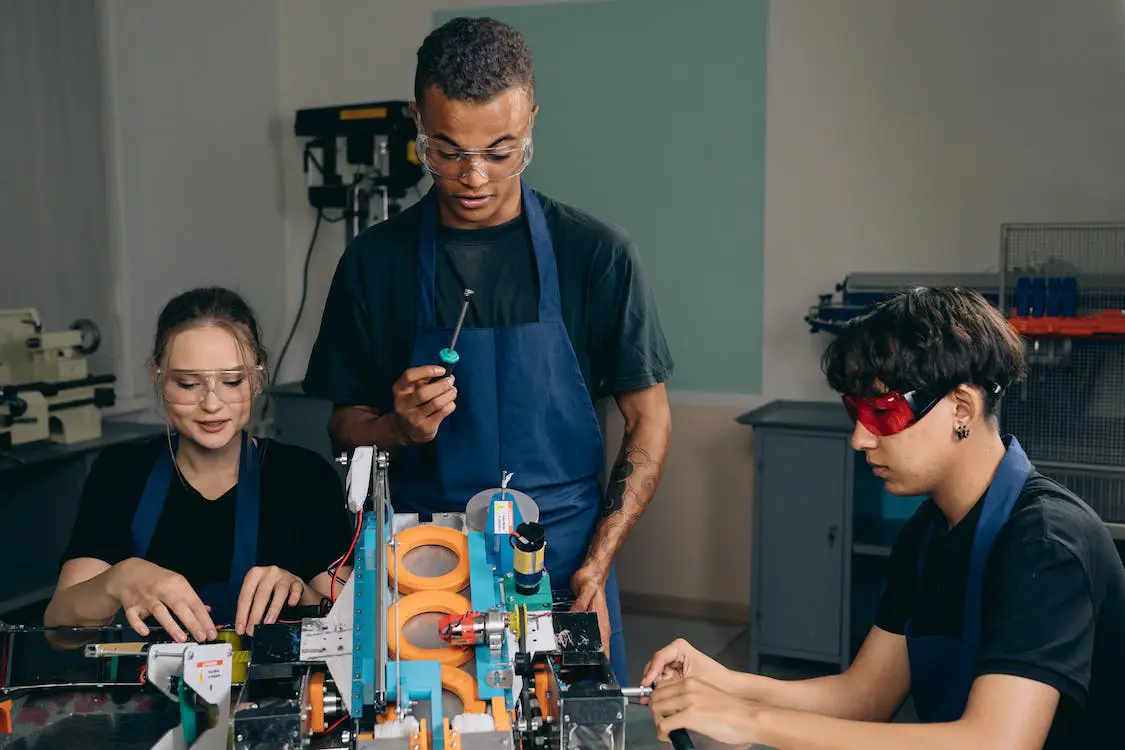This article explores the impact of technology on job automation, covering the evolution of automation from its early days to its current status as a major force in the global workforce. It covers the factors that have contributed to the growth of automation, such as the increasing availability of robots, the development of artificial intelligence and machine learning, and the increasing need for efficiency and productivity in the workplace.
What is job automation?
The term “”””job automation”””” is used to describe the use of technology to carry out tasks that were previously performed by humans. It involves the use of machines, robots, or software to complete tasks that were once performed by people. Automation of jobs aims to boost productivity, cut costs, and increase efficiency.
Job automation has been around for decades. In the early 20th century, automation was introduced in the manufacturing sector, where machines were used to perform repetitive tasks. However, with the rise of computer technology, automation has expanded beyond manufacturing and into service industries such as healthcare, finance, and retail.
The benefits of job automation
Job automation has several benefits, including increased efficiency and productivity, improved safety, and reduced costs. Machines and robots can perform tasks much faster and with greater precision than humans, which can lead to increased output and reduced error rates.
Automation can also improve safety by reducing the need for humans to perform dangerous or repetitive tasks. For example, robots can be used to perform tasks such as welding or painting that can be hazardous to human workers.
Finally, automation can lead to cost savings by reducing the need for human labor. While the initial investment in automation technology may be expensive, over time, the cost of using machines and robots can be much lower than the cost of employing human workers.
The impact of job automation on employment
While job automation has several benefits, it also has a significant impact on employment. As machines and robots become more advanced, they are increasingly able to perform tasks that were once done by humans. This can lead to job losses, particularly in industries such as manufacturing and retail.
However, it is important to note that job automation does not necessarily lead to a net loss of jobs. While some jobs may be lost to automation, new jobs are often created to support the development, implementation, and maintenance of automation technology.
Additionally, job automation can lead to a shift in the types of jobs that are available. For example, as manufacturing jobs become increasingly automated, there may be a greater demand for workers with skills in fields such as engineering, programming, and robotics.
The future of job automation
As technology continues to advance, it is likely that job automation will become even more prevalent in the workforce. In the coming years, we can expect to see increased automation in industries such as transportation, healthcare, and customer service.
While job automation will undoubtedly have a significant impact on the workforce, it is important to remember that it is not inherently good or bad. Automation has the potential to bring about significant benefits, such as increased efficiency and productivity. However, it is essential that we consider the impact of automation on employment and work to ensure that the benefits of automation are shared fairly across society.
In conclusion, job automation is transforming the way work is done. While it has several benefits, such as increased efficiency and productivity, it also has a significant impact on employment.
The Impact of Technology on Job Automation
Best Articles
Read about The Rise of Automation

















